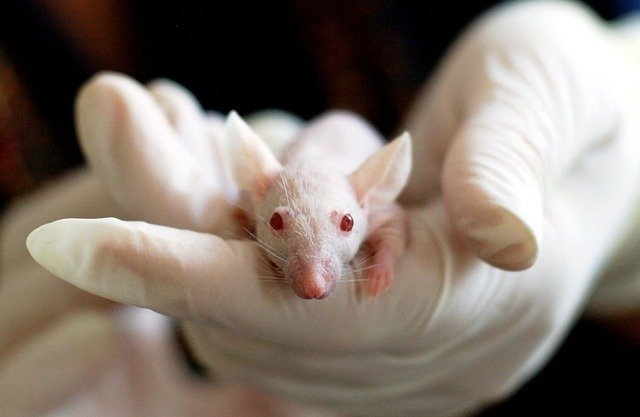Researchers who are working in cancer drug discovery had claimed that they have a mammon of animal model systems. These animal models provide promising results in the conduction of vigorous preclinical assessment supports for illuminating clinical success. Every system has precise and distinctive value. All these will definitely play a significant role in varied aspects of future preclinical and clinical studies.

The preclinical model selection depends upon the required purpose, for example, 2-D cell cultures are selected for the identification of cancer cell-intrinsic vulnerabilities, while 3-D ex vivo methods useful for the assessment of multicellular interactions. PDX and GEM models provide the best representation of tumor microenvironments, physiological responses, and disease pathology. Preclinical models are successfully used in drug development as well as confirming clinical outcomes to optimize clinical success. However, no systematic comparisons were carried out in the past to estimate the human outcomes by distinct model systems. But, researchers know the necessity to construct sound preclinical operating principles. Some cancer treatments show ineffective results in clinical trials.
The University of Texas Health Science Center at Houston (UTHealth) School of Biomedical Informatics and McGovern Medical School recently gives a possible explanation for why some cancer drugs unable to show their efficacy in human trials though they are effective to kill tumor cells in mouse models. Nature Communications published the research details.
Investigators of this study described that the patient-derived xenografts (PDX) are extensively present in mouse viruses. In pre-clinical trials, immune-deficient mice are used for implanting human tumor tissues to develop PDX models. These PDX models are used to discover novel cancer drugs. The investigator and study author W. Jim Zheng stated that the nature of human tumor which was collected from cancer patients had changed when it implanted in a mouse. The collected human tumor cells were compromised due to mouse viruses.
Collection of 184 data sets generated from sequencing PDX samples, researchers of this study analyzed 170 samples out of 184 contain mouse viruses. The viral infection significantly alters tumors by affecting PDX as a drug testing model for humans. Therefore, tumor in the mouse is different than human cancer patients and the PDX model acts differently. Therefore, the PDX model does not provide successful results in human trials when scientists are looking for a way to kill a tumor using this approach. In reality, the medication kills the virus-compromised tumor in a mouse. All these findings will help to rethink researchers to find out other ways to kill tumor cells.
The ultimate goal of all medical researchers is to get some clue to cure cancer. Almost 210 ongoing NIH-funded projects are based on PDX models. A huge amount of annual investments are involved in these projects. Therefore, researchers need to follow stringent quality control regulations. They should not make any compromise during the use of these models, so that invented treatment must give effective results for the future.
References
